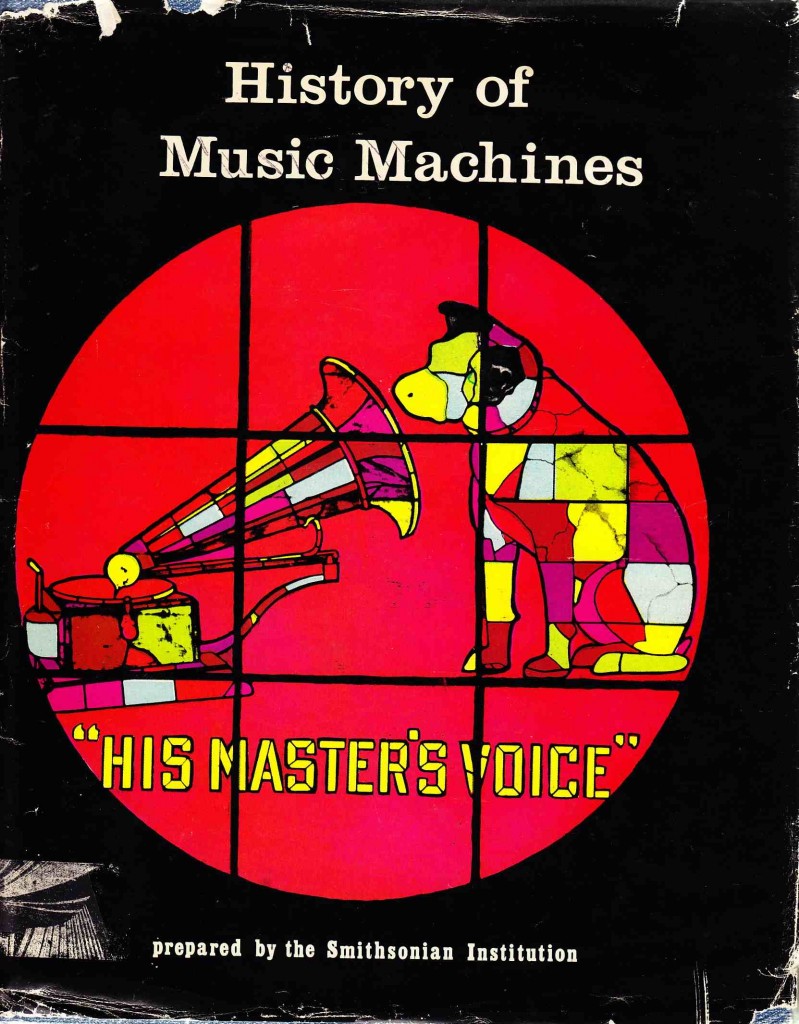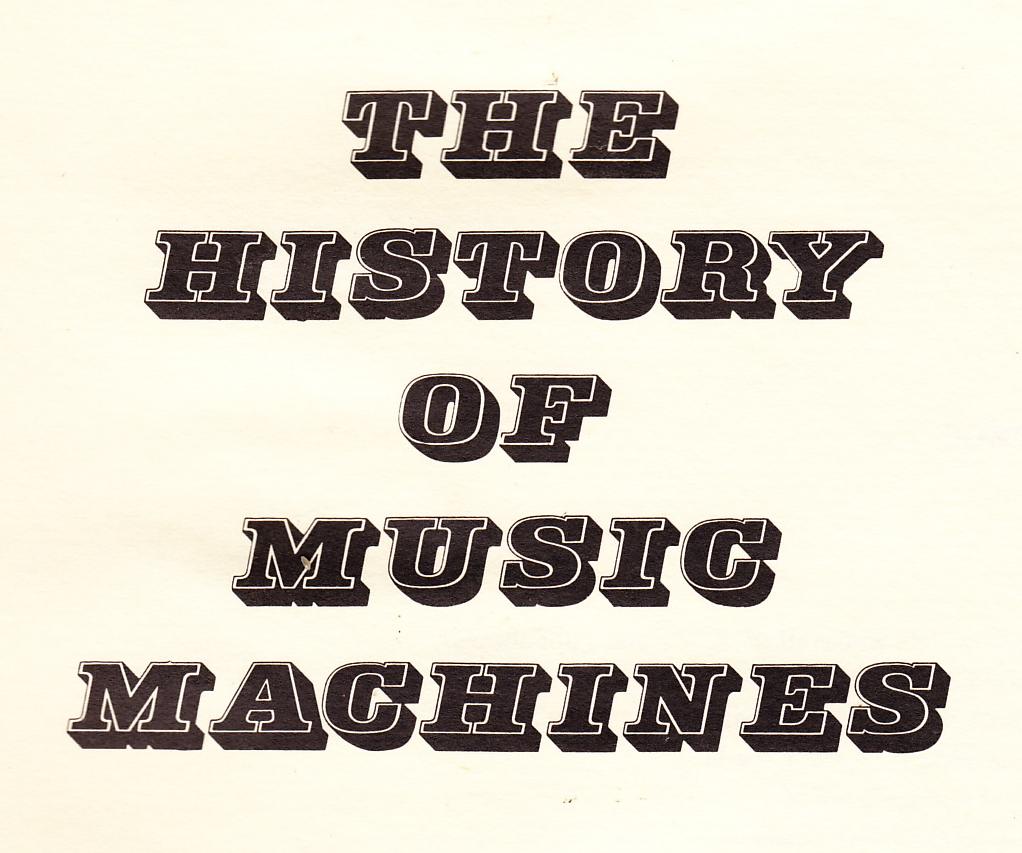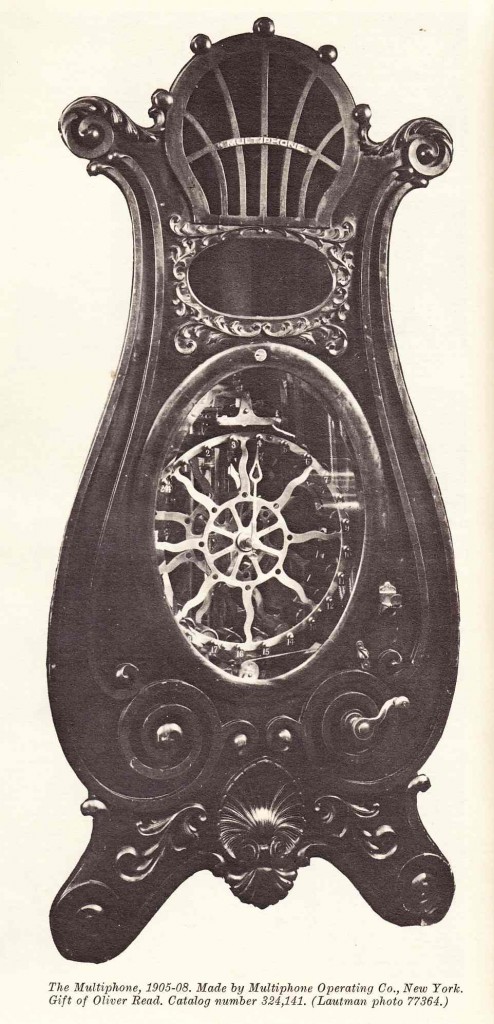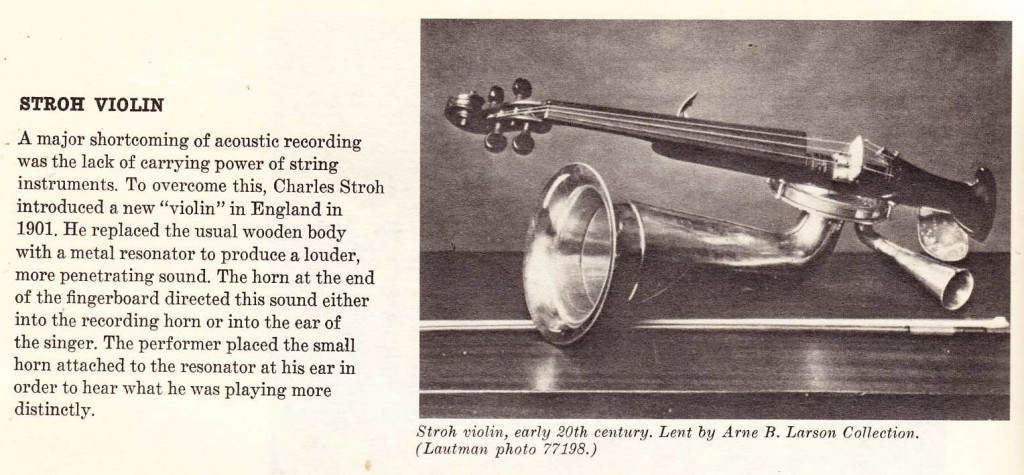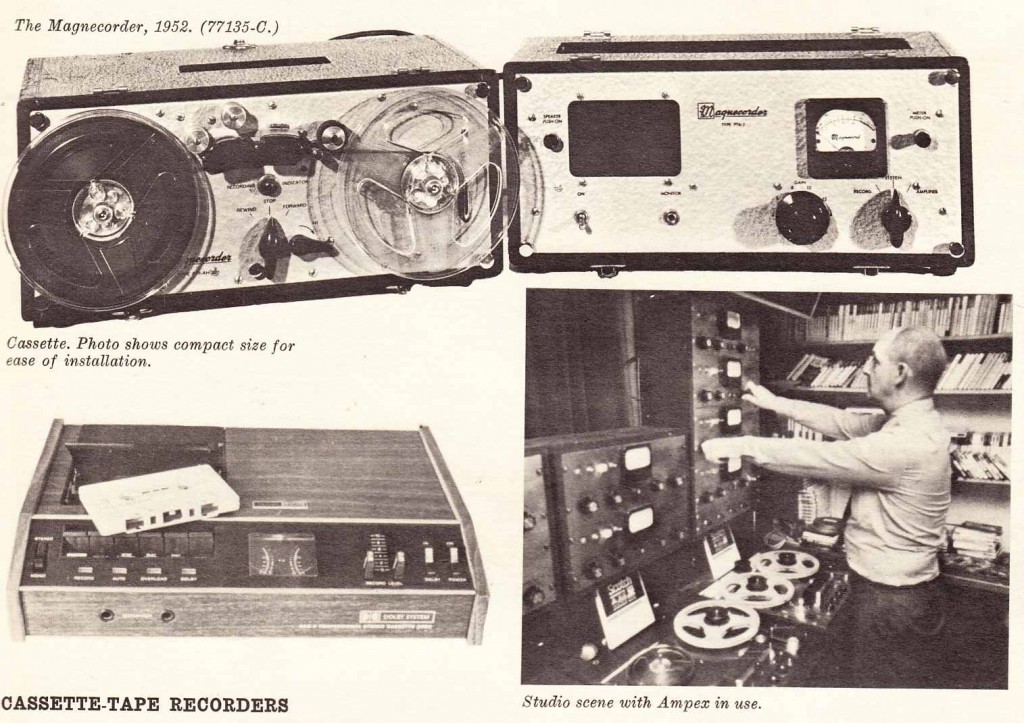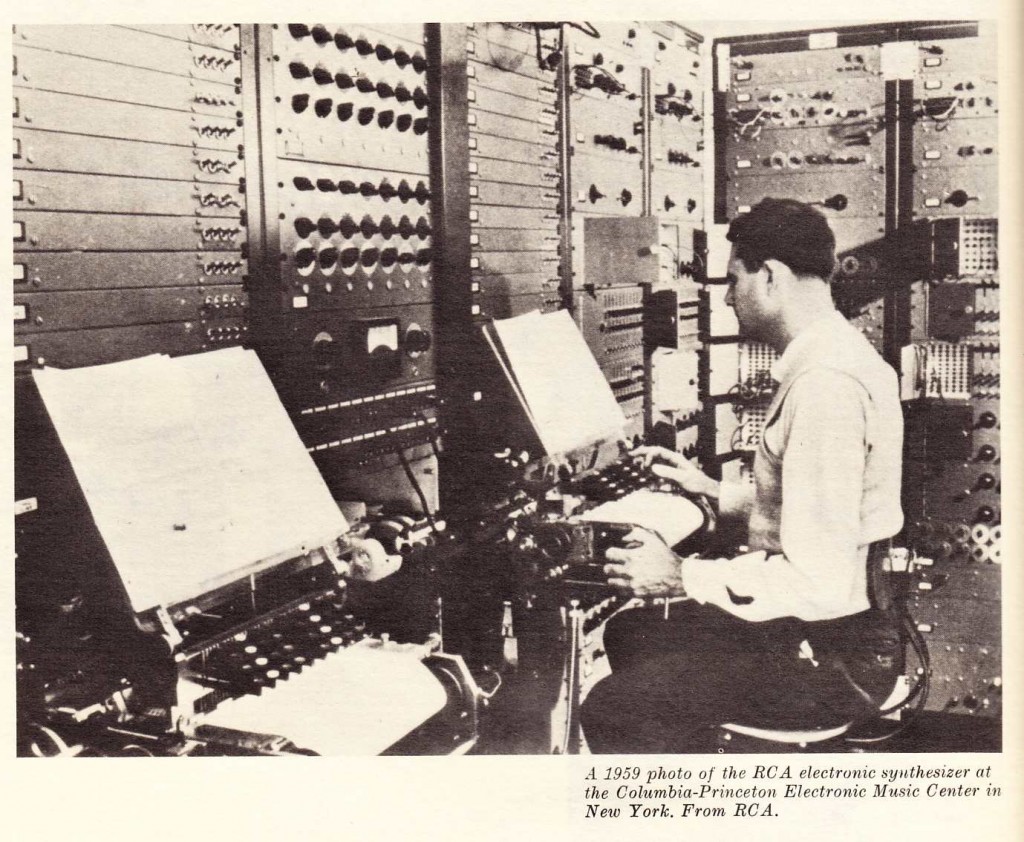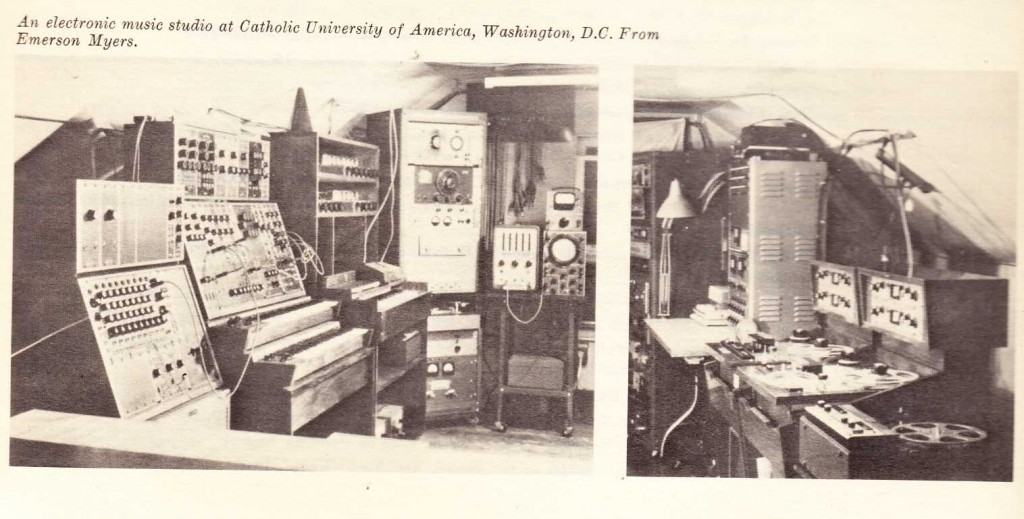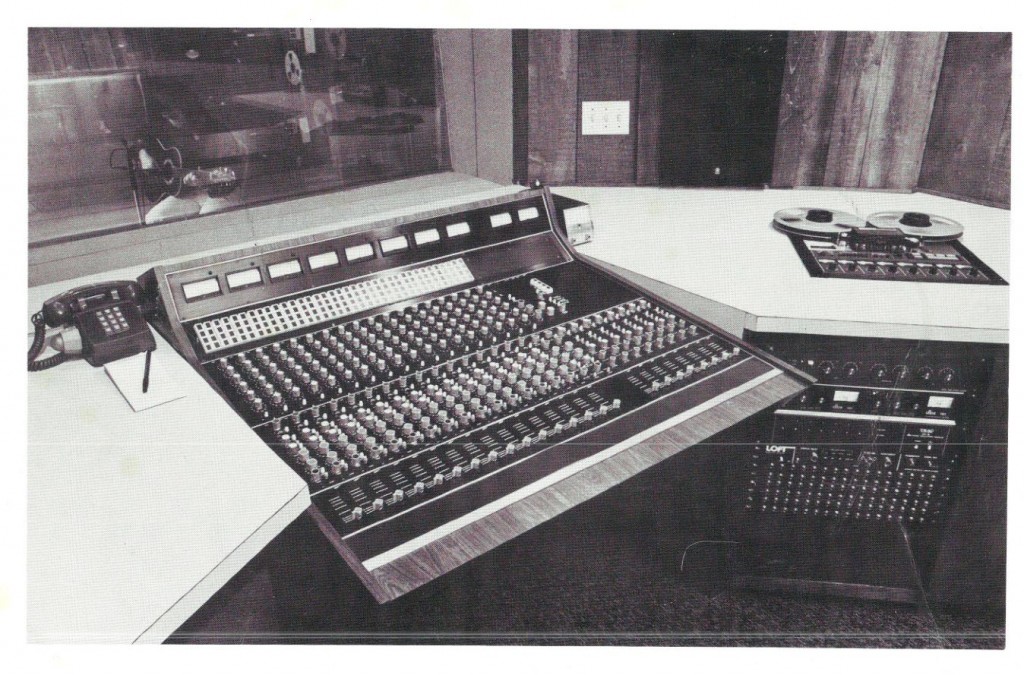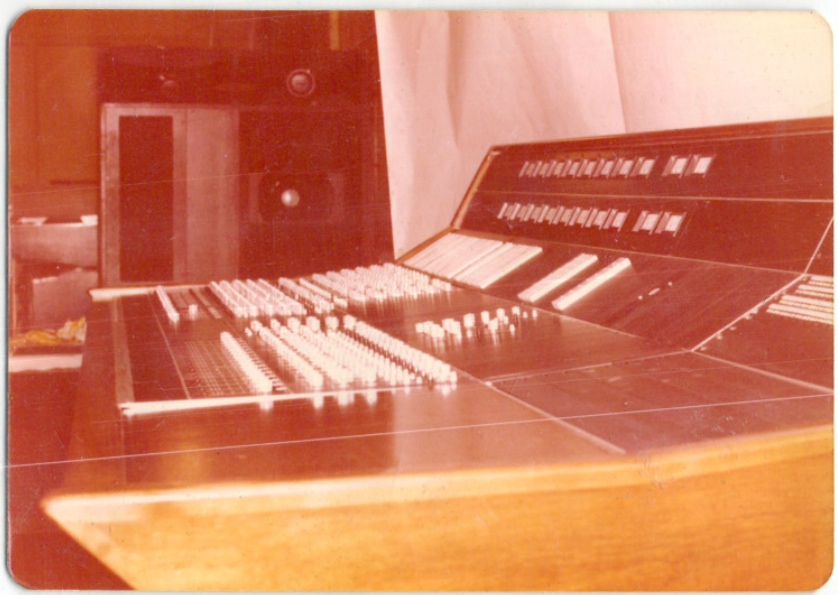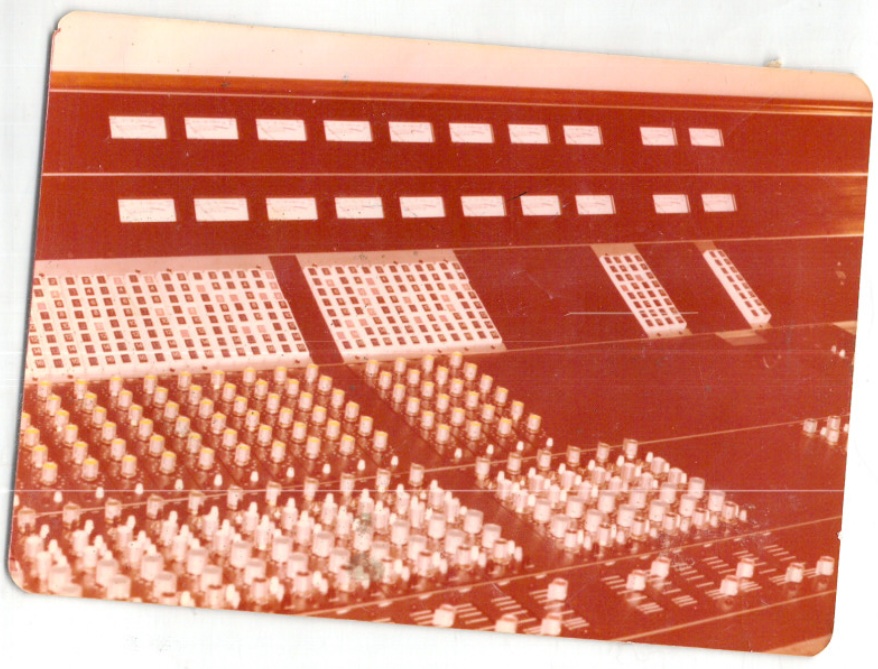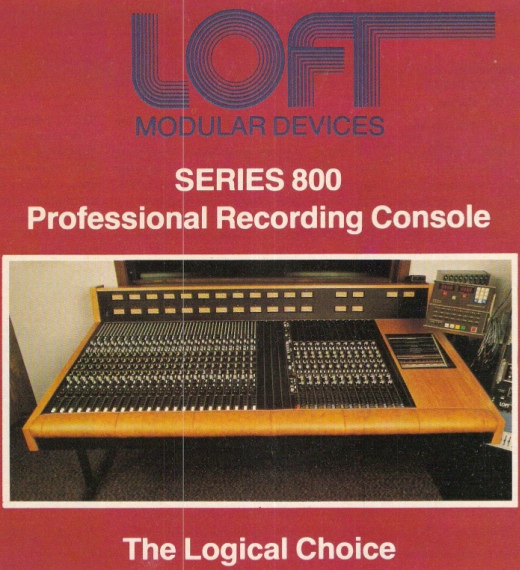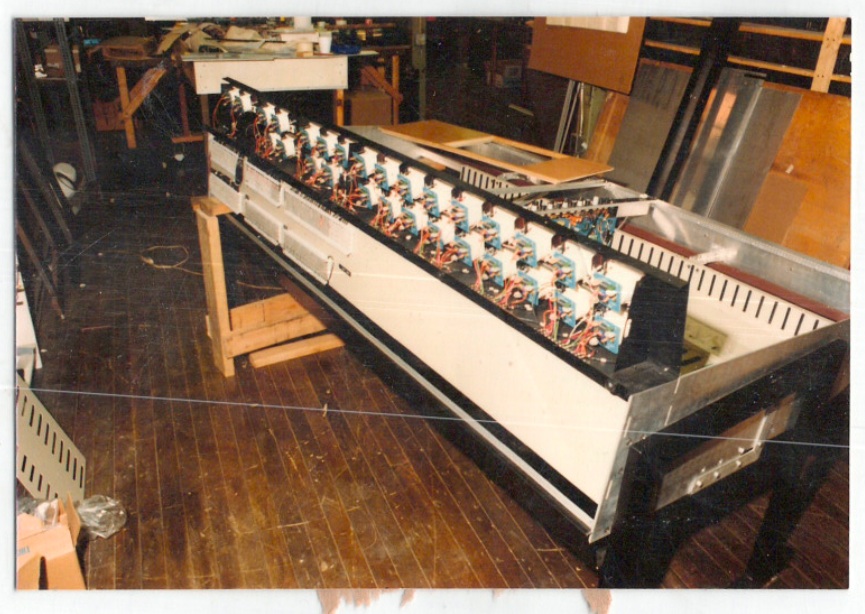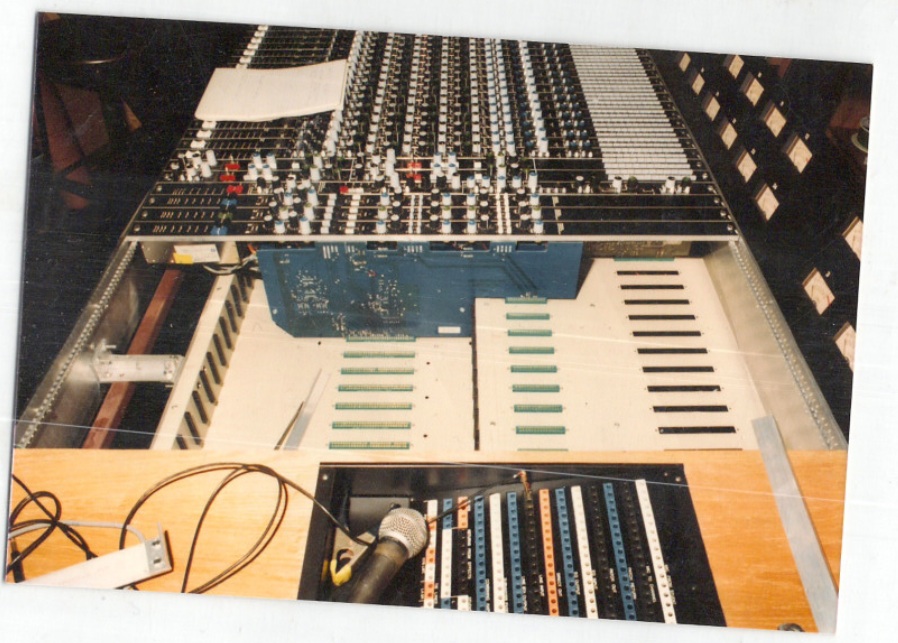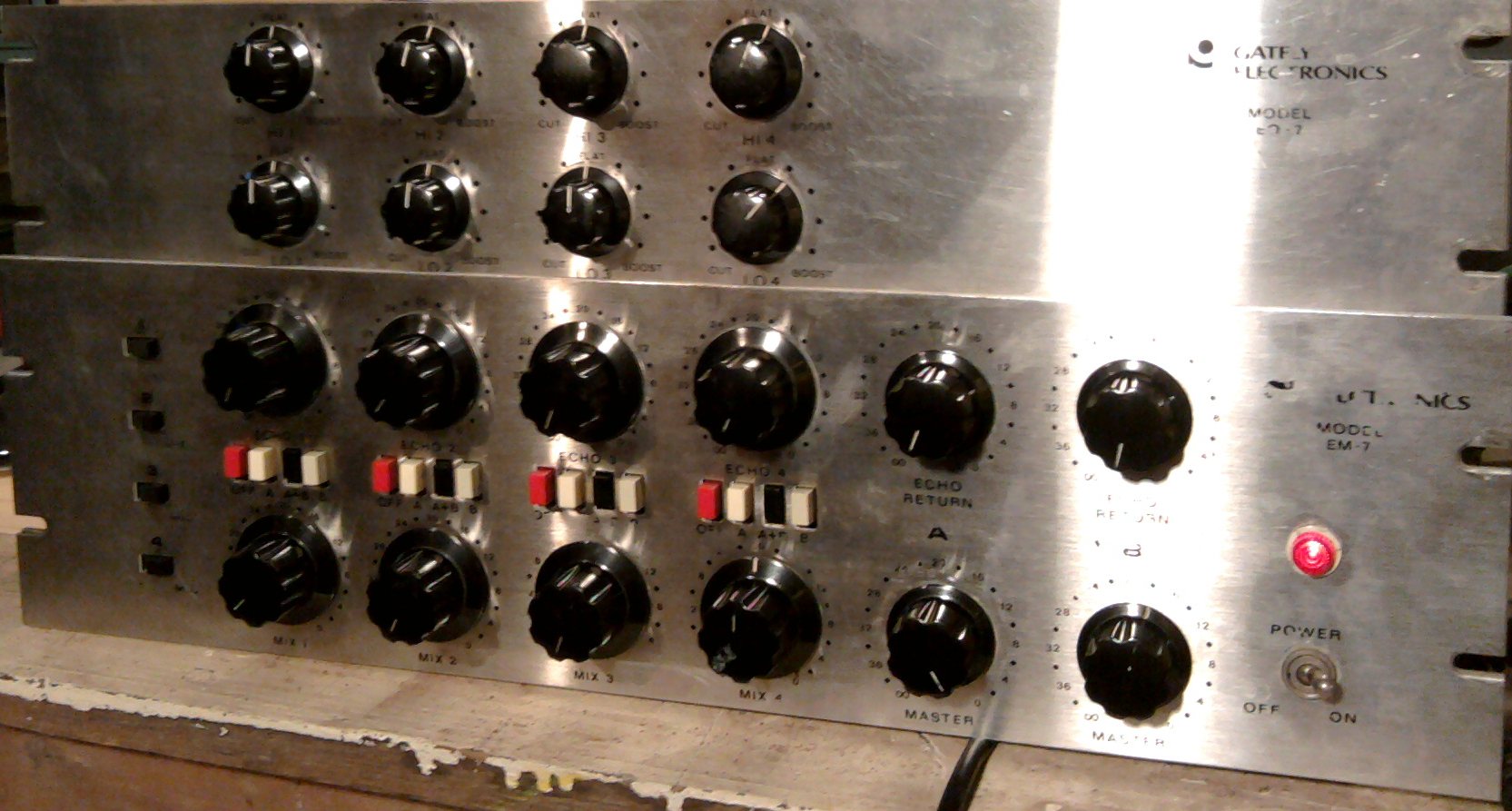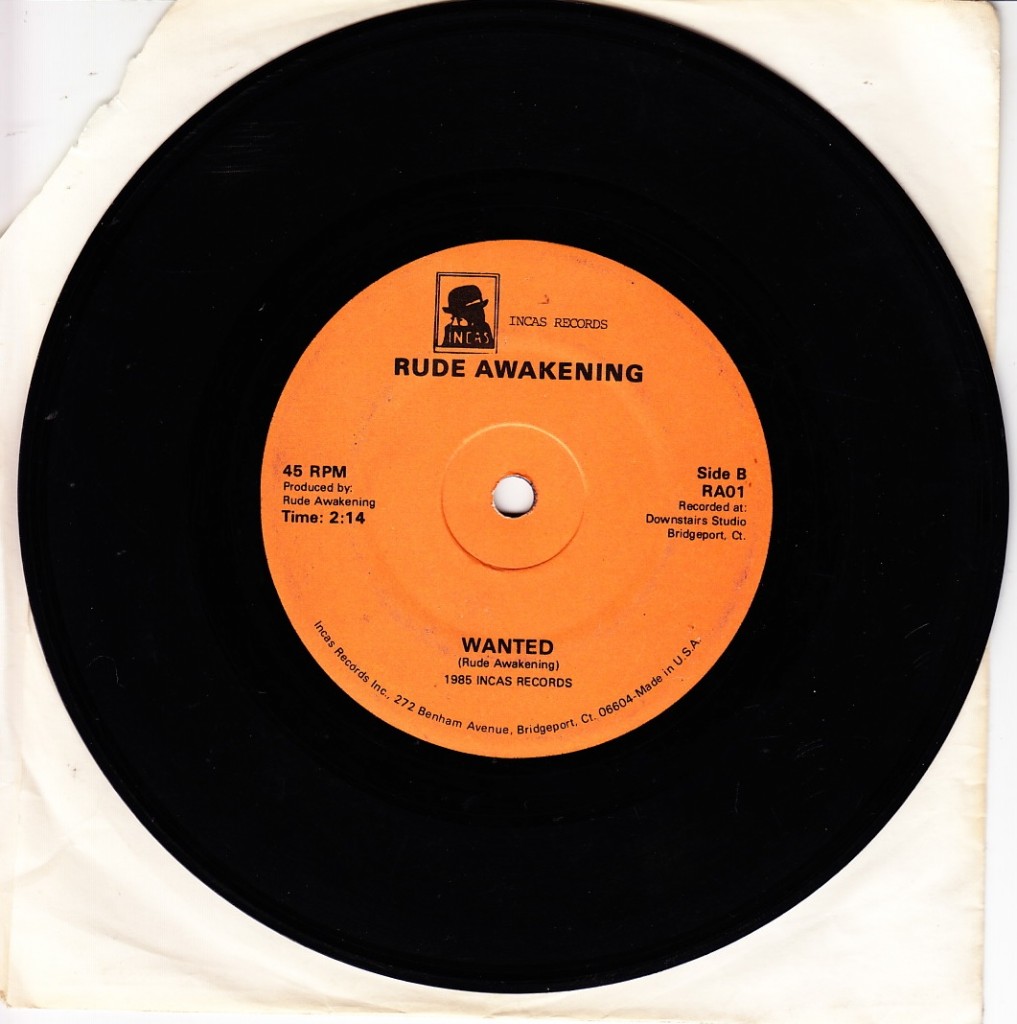 Came across this 1985 7″ at a yard sale this past summer. The band is called ‘Rude Awakening’ and the A-side is “Teenage Suicide.” The label tells us that it was recorded at Downstairs Studio, Bridgeport CT. Label is Incas Records, whom I believe I had some contact with some years ago when I was scouting for some re-issue material for Anthology Recordings. ‘Teenage Suicide’ is sort-of punk-opera with lots of different sections, changes, etc. My pick is the B-side “Wanted” which has a classic Johnny Thunders vibe. Check it out:
Came across this 1985 7″ at a yard sale this past summer. The band is called ‘Rude Awakening’ and the A-side is “Teenage Suicide.” The label tells us that it was recorded at Downstairs Studio, Bridgeport CT. Label is Incas Records, whom I believe I had some contact with some years ago when I was scouting for some re-issue material for Anthology Recordings. ‘Teenage Suicide’ is sort-of punk-opera with lots of different sections, changes, etc. My pick is the B-side “Wanted” which has a classic Johnny Thunders vibe. Check it out:
LISTEN: Wanted
Update: Tom Boudreau, writer of ‘Wanted’ and guitar-player for ‘Rude Awakening’ got in touch with PS.com. Here’s a few words from Tom about the band and the studio:
“(re: the) Rude Awakening 45. That was a few lifetimes ago. Roughly 25yrs later i can report that we sadly lost my brother / drummer in 05 due to complicated health issues / diabetes. I am still in contact with Joe Stoner (vocals). Sean (bass) is still local and we have crossed paths over the years. Joe wrote the A side and i wrote the B side of that record. All 4 of us built the music. I do not have any contact with Sam Eckhardt who owned and opperated Downstairs Studio. This was an 8 track Tascam board, 388 1/2″ reel, 2 room facility in the basement of Davidsons Fabric in Downtown Bridgeport. A lot of bands recorded there in the mid-80’s. Currently i have a small project studio in my home. I still have contact with Incas (Records). I have done some tape to cd transfer for them including ‘Ct Fun’ which was a compilation done with many bands from the times including Rude…
Tom Boudreau
www.boneheadstudio.com”
Thanks for getting in touch Tom! The Davidsons building, btw, is still present in Downtown Bridgeport. It’s just one of another abandoned buildings in the largely derelict downtown of this once-great city. The huge painted ‘Davidsons’ signage is clearly visible to all who approach the bus/train station from the North. I’ve asked Tom for some pics of ‘Downstairs Studio’; if any arrive I will post them here. BTW, nice to get a solid, concrete examples of one of the hundreds of busy, active Tascam-based project studios of the early 1980s. See this previous post for more on the Tascam revolution.
